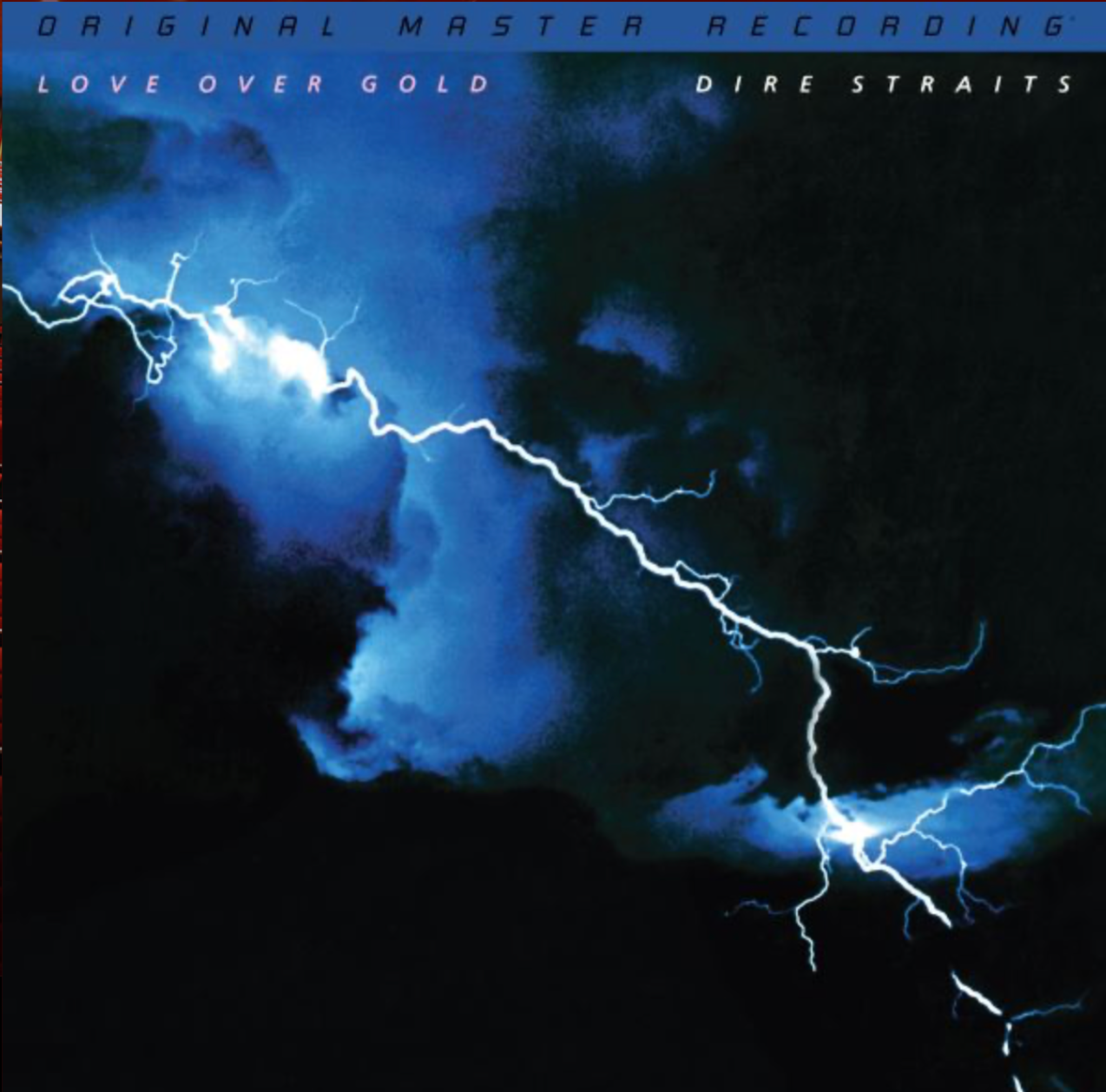Here you will find regular publications of record tips from the editorial team

🎧 Deep Dive: Dire Straits – Love Over Gold (1982)
Mittenkultur, spatial awareness & narrative sound art
In 1982, Mark Knopfler and his Dire Straits had no interest in delivering another hit album. Love Over Gold isn't radio fodder. It's not easy listening. It's not a quick fix. This album demands to be told – in long arcs, subtle developments, and a sonic architecture that today ranks among the best the '80s produced.
🎼 Musical meaning:
The album consists of only five tracks – but each one has weight.
Telegraph Road (over 14 minutes long) and Private Investigations in particular are musical miniatures full of narrative sophistication. Instead of chorus repetitions or catchy hooks,Suspense arcs, dynamic surfaces and instrumental detail work.
Knopfler doesn't play to impress – but to tell stories.
The pieces live from theirreductionPiano, vibraphone, electric guitar, vocals – everything remains in the service of the composition. Every note has meaning. And that's precisely what makes Love Over Gold a masterpiece of quiet tones.
🎚️ Audiophile meaning:
Anyone who talks about timbres and space cannot ignore this album.
The production isexceptionally transparent, with afantastically staggered stageandabsolute control over the midsThere is hardly a recording that conveys so clearly what mids actually achieve: proximity, substance, emotion.
This is particularly impressive for theMFSL 1-072 pressing (Mobile Fidelity Sound Lab):
- enormous fine detail
- buttery smooth transients
- natural tones without artificial brilliance
- and a bass that doesn't thunder, but leads
The quiet passages of Private Investigations or the interplay of piano and slide guitar in It Never Rains show how audiophile musicdoesn't have to sound spectacular to be spectacular.
🧠 Why this album belongs in every hi-fi collection:
Love Over Gold is a prime example ofreal Mitte culture.
It sounds neither bass-heavy nor treble-emphasized – but exactly in between:
At the heart of sound.
If you want to know how timbres, dynamics and spatial depth really work,
You have to know this album. And experience it—not just hear it.
Conclusion:
A classic for the patient. For listeners. For people who truly want to experience music – beyond effects, loudness, and format radio.
Love Over Gold is not a loud album.
But one thing remains.
📀 Pressing recommendations for
Love Over Gold
🔹
MFSL 1-072 (Mobile Fidelity Sound Lab, 1984, USA)
The reference for many audiophiles.
- semi-fast, calm pressing
- very slight surface defects
- finely resolved mids, dreamlike spatial imaging
- slightly softer than the UK first pressing, but very musical
🔹
Vertigo UK (first pressing, 1982, Spaceship label)
Direct, clear, dynamic.
- more precise, drier sound
- Punch in the lower mids
- particularly good for Industrial Disease and Telegraph Road
🔹
Vertigo West Germany (DMM, ca. 1984, PRS Hannover)
Technically very clean, slightly brighter tuned.
- Direct Metal Mastering with clear highs
- slimmer in the bass
- ideal for friends of analytical playback
🔹
Warner Bros. US (BSK 3657, 1982)
More warmth, slightly more restrained in the dynamics.
- US mastering differs significantly
- pleasant to listen to, but less stage
🔹
Vertigo Japan (RJ-7699, 1982)
Very calm, very fine – but slightly “sweetened”.
- accentuated highs
- softer overall balance
- popular with lovers of classic Japanese masterings


